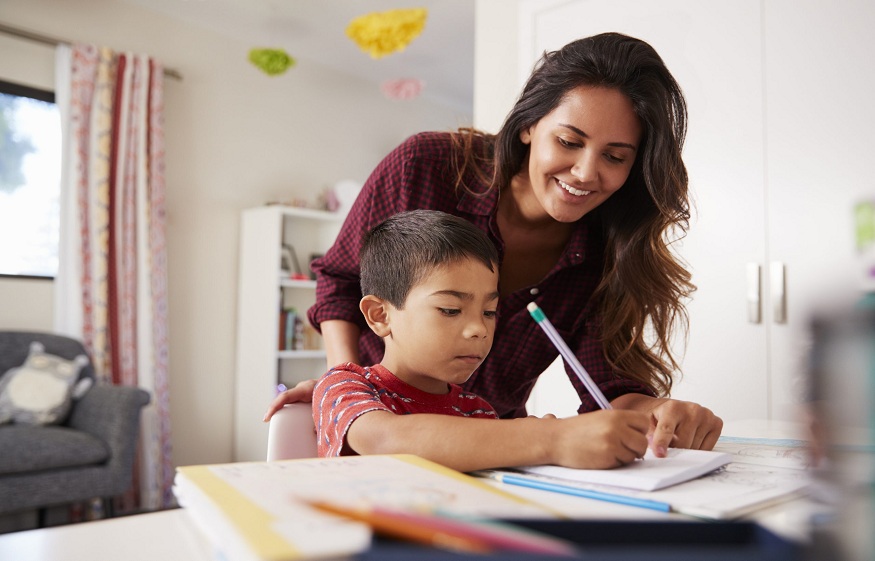Children possess a great imagination which, applied to writing, produces extraordinary benefits.
Teachers in particular should consider the importance of promoting activities that contribute to creative writing in children. Dedicating time to these practices in class is a very rewarding habit.
It is also a good habit at home. Like “reading time” when the whole family reads, a good routine is to generate “creative writing time”. During this one, all write of this form.
It is important not to speed up the processes. The recommended age for creative writing activities in children is from 8-9 years old. The child then learned to write correctly.
Creativity is fundamental to human beings . However, this creativity must be stimulated and reinforced by all possible means.
Creative writing always appeals to children. They live with great intensity the worlds of tales. This is why they have a natural predisposition to this creative manifestation of language.
It contributes to the improvement of activities that promote learning in general. It promotes attention, memory and comprehension.
It is a valuable tool for language acquisition . The practice of creative writing activities in children expands their vocabulary. It also allows a more fluid use of language-specific structures.
- Also Read:
- Proverbs Every Child Should Know
- A child writing
- Proposals to develop creative writing
- Vignettes and short stories
One of the strategies that greatly stimulates children is to present them with a story in pictures. It is advised that it does not have more than 4 or 5 vignettes. From the images, the child will write the story.
creative scene
An interesting stimuli is to prepare a scene on the table with dolls and infantile objects. The child will thus create the story from this scene. Using elements known by the child, those with which he often plays, will promote his ideas.
The recommended age for creative writing activities for children is from 8-9 years old.”
The magic character
The child will create his character with elements that he has at hand: a ball, pieces of fabric or paper, ice cream sticks, etc. He will have a face, eyes, nose and mouth. He will give it a name.
This will be his magical character and he will have all the powers the child wants to give him. The fundamental quality is that he will do good in the world.
From this character, the child will be offered different situations in which his magical character comes into action. He will have to write the stories . With all the stories created, we can compose a book.
The story of the future
One idea that appeals to children a lot is to write a story in which they are the age of their father or mother. Sometimes it is necessary to guide them with questions.
This activity is also interesting to help them think about a future life plan.
A teenager writes a story
Meeting of superheroes and princesses
The child will create a story that will have as main characters superheroes or princesses who normally have no connection between them. For example, in the story will be Spiderman and Sleeping Beauty. They will have their own story. A great way to let their imaginations run wild.
The story hidden in the picture
The child will be presented with a photo of a person or an animal in an environment that will serve as a stage. It could be a landscape, for example. Then it is the child who will write the story hidden in this image.
The collective history
This is particularly suggested as a group activity . It can be used as a starting point for the stimuli mentioned above.
Each child will write a sentence that begins the tale . He will pass the sheet to one of his classmates. This one will continue the story and pass it on to another. So on until the child receives the sheet of the story he started. He will read it again and correct it by comparing the changes that have been made.
For children’s creative writing activities to be more productive, it is important that there is always an adult guide . It is normal that at the beginning, the child needs help to discover the ideas that exist in his mind.


